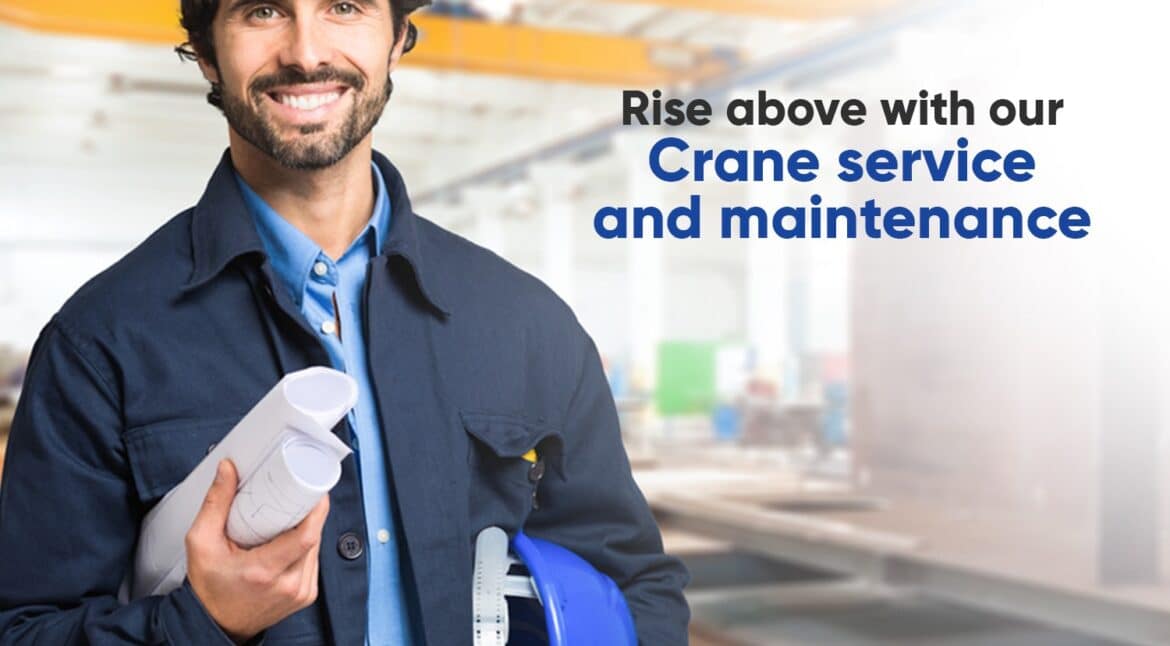Ensuring Safety and Efficiency: The Vital Role of Crane Maintenance in Construction.
In the towering landscape of construction sites, cranes stand as silent sentinels, orchestrating the movement of heavy materials with precision and grace. These mechanical behemoths are essential components of any major construction project, lifting, lowering, and transporting loads with unparalleled efficiency. However, their reliability hinges on meticulous maintenance and attentive service.
Crane maintenance is not merely a matter of routine checks; it’s a commitment to safety and operational excellence. Regular inspections of critical components such as cables, hooks, and hoists are imperative to identify signs of wear and tear. Any hint of corrosion or structural weakness demands immediate attention to prevent catastrophic failures. Furthermore, lubrication of moving parts ensures smooth operation, minimizing friction-induced wear and prolonging the crane’s lifespan.
Beyond routine maintenance, proactive servicing is paramount to address potential issues before they escalate. Skilled technicians equipped with specialized knowledge conduct thorough assessments, diagnosing hidden defects and fine-tuning performance parameters. Modern cranes often feature intricate electronic systems, necessitating trained professionals proficient in both mechanical and digital domains to ensure optimal functionality.
In addition to mechanical upkeep, crane operators play a pivotal role in maintenance efforts. Their intimate familiarity with the equipment allows them to detect subtle deviations in performance, serving as frontline guardians against operational anomalies. Regular training sessions empower operators to recognize early warning signs and execute emergency procedures with precision, bolstering the overall safety framework.
Safety, however, extends beyond the confines of individual cranes; it encompasses the entire construction site ecosystem. Effective coordination between maintenance crews and project managers is essential to synchronize crane servicing with operational timelines, minimizing downtime without compromising safety protocols. Clear communication channels facilitate swift responses to emergent maintenance needs, fostering a culture of proactive risk mitigation.
Moreover, technological advancements have revolutionized crane maintenance practices, ushering in an era of predictive analytics and remote monitoring. Real-time data streams enable predictive maintenance algorithms to forecast component failures before they occur, enabling preemptive interventions and optimizing resource allocation. Remote monitoring systems offer invaluable insights into crane performance, allowing technicians to diagnose issues remotely and dispatch teams with pinpoint accuracy.
At Amsak, crane maintenance and service are not mere obligations; they are sacred duties entrusted with safeguarding lives and livelihoods. Through unwavering dedication to excellence, meticulous attention to detail, and synergistic collaboration, we uphold the highest standards of safety and reliability in the towering realm of construction.
.
.
.
#lifting #maintenance #crane #cranes #heavylifting #safetyfirst #costeffective #propermaintenance #cranemaintenance #cranesafety #craneoperator #cranelife #maintenancemanagement #safetyfirstalways #jibcrane #cranenation #electrichoist #wireropehoist #eotcrane #craneservices #singlegirdercrane #doublegirdereotcrane #rubbertyregantry #rubbertyregantrycrane #heavyindustry #craneconstruction #rtg



